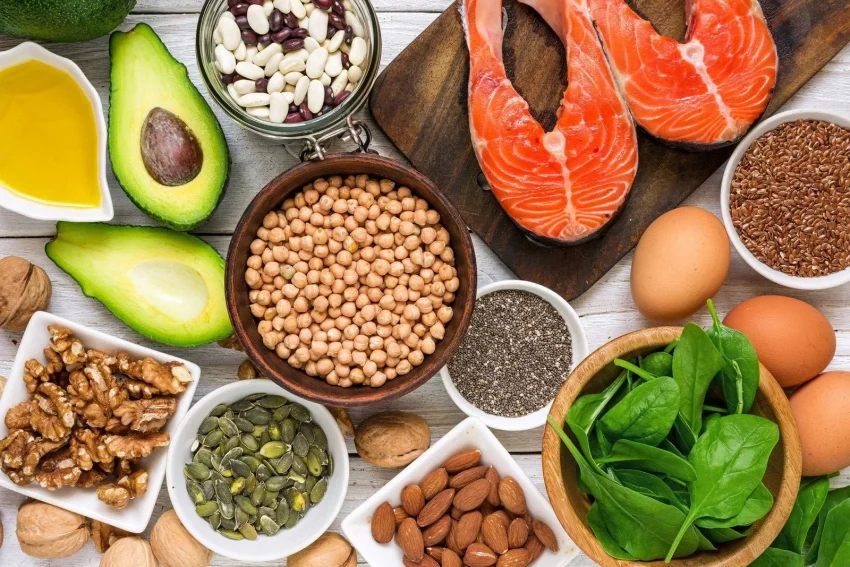langerhanscellhistiocytosis.org – In the quest for raising healthy children, parents often focus on providing a balanced diet that includes all the essential nutrients. Among these, omega-3 fatty acids stand out for their critical role in brain development, cognitive function, and overall health. This article explores the benefits of omega-3s and offers practical tips for incorporating these healthy fats into kids’ meals.
Understanding Omega-3 Fatty Acids
Omega-3 fatty acids are a type of polyunsaturated fat that the body cannot produce on its own, making them essential nutrients that must be obtained through diet. The three main types of omega-3s are alpha-linolenic acid (ALA), eicosapentaenoic acid (EPA), and docosahexaenoic acid (DHA). DHA, in particular, is crucial for brain health and development, making it especially important for children.
The Benefits of Omega-3s for Kids
Brain Development and Cognitive Function
DHA is a major structural component of the brain and retina of the eye. Studies have shown that adequate intake of omega-3s, particularly DHA, is associated with improved cognitive function, better memory, and a lower risk of developmental disorders in children.
Heart Health
Omega-3 fatty acids are known for their heart-healthy benefits, including reducing triglycerides, lowering blood pressure slightly, and slightly reducing the risk of stroke and heart failure. By introducing omega-3s early in life, parents can help lay the foundation for a healthy cardiovascular system.
Behavior and Mood
Research suggests that omega-3s may play a role in improving behavior and mood in children. Some studies have found that omega-3 supplementation can help reduce symptoms of ADHD and depression in children and adolescents.
Incorporating Omega-3s into Kids’ Meals
Foods Rich in Omega-3s
The best dietary sources of omega-3s include fatty fish such as salmon, mackerel, sardines, and trout. Plant-based sources include flaxseeds, chia seeds, hemp seeds, walnuts, and algae-based supplements.
Meal Ideas for Kids
- Breakfast: Start the day with a bowl of oatmeal topped with chia seeds and fresh berries.
- Lunch: Serve a tuna or salmon sandwich on whole-grain bread with avocado slices on the side.
- Snacks: Offer walnuts or flaxseed crackers as a snack.
- Dinner: Include grilled salmon or baked trout in your weekly meal rotation, served with a side of quinoa and steamed vegetables.
Tips for Picky Eaters
If your child is hesitant to try fish, consider incorporating omega-3s through plant-based sources or using fish oil supplements after consulting with a pediatrician.
Conclusion
The omega-3 advantage is undeniable when it comes to supporting your child’s health and development. By making conscious efforts to include omega-3-rich foods in your child’s diet, you can help ensure they receive the essential nutrients needed for optimal growth and well-being. Remember, variety is key, and with a little creativity, you can make omega-3s a delicious and integral part of your child’s meals.

